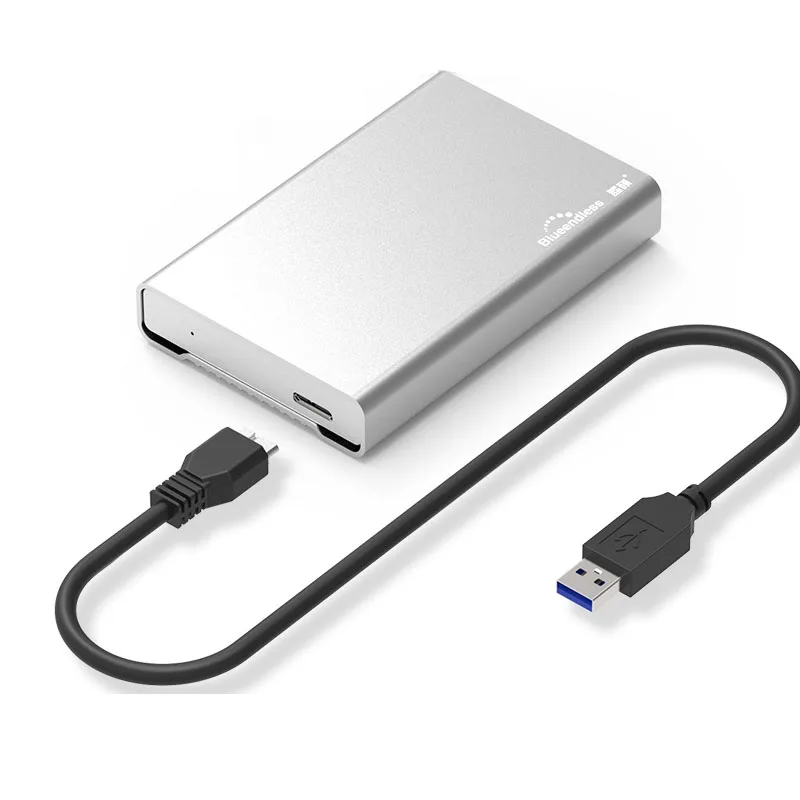


There are a few weaknesses of the X8 when compared with other drives. It also offers a three-year warranty on the device. What many like about the X8 is that it feels very substantial, and Crucial rates it to survive a 7.5ft drop onto a hard surface. But that’s true of all external drives that quote close to those numbers. It comes with a cable that supports both USB-A and USB-C ports, can achieve 1,050MB/s, and the 1TB model isn’t much more than $100.Īchieving those headline speeds depends on having a USB 3.2 Gen 2 port on the host system. The lightweight anodized aluminum unibody core is substantial. When Crucial first launched the X8, it had a significant impact on the market for external SSDs, as it ticked almost all the boxes for many customers. Let’s look at the best products and why these specific models stand out from the crowd.
#External hard drive plus#
Plus they can withstand shock levels that would kill a conventional drive.Įxternal drives are now faster, stronger, lighter, and cheaper than ever.

These offer unprecedented performance levels, compact designs, and high levels of reliability. The decreasing cost of Flash NAND modules ushered in another transition from conventional hard drives to SSD storage. With USB 3.0 and 3.2 Gen 2, the humble hard drive couldn’t keep pace.

Those who want the highest transfer rates opt instead for Thunderbolt interfaces. However, USB isn’t the only technology available for external storage. Being able to pocket substantial amounts of data and transport them to any system, had massive implications for those that need their information to follow them around. Then the market for these devices exploded. However, once USB 3.0 appeared, external drives operating at internal connection speeds became a reality. Suddenly there was enough bandwidth for external storage, even if the cap of around 60Mb/s was still short of what hard drives could achieve. Some external devices come with security features like fingerprint recognition, which prevents other people from gaining access to the stored data.The transition from USB 1.1 to USB 2.0 elevated that technology from a technology designed to connect mice and keyboards into something more useful.


 0 kommentar(er)
0 kommentar(er)
